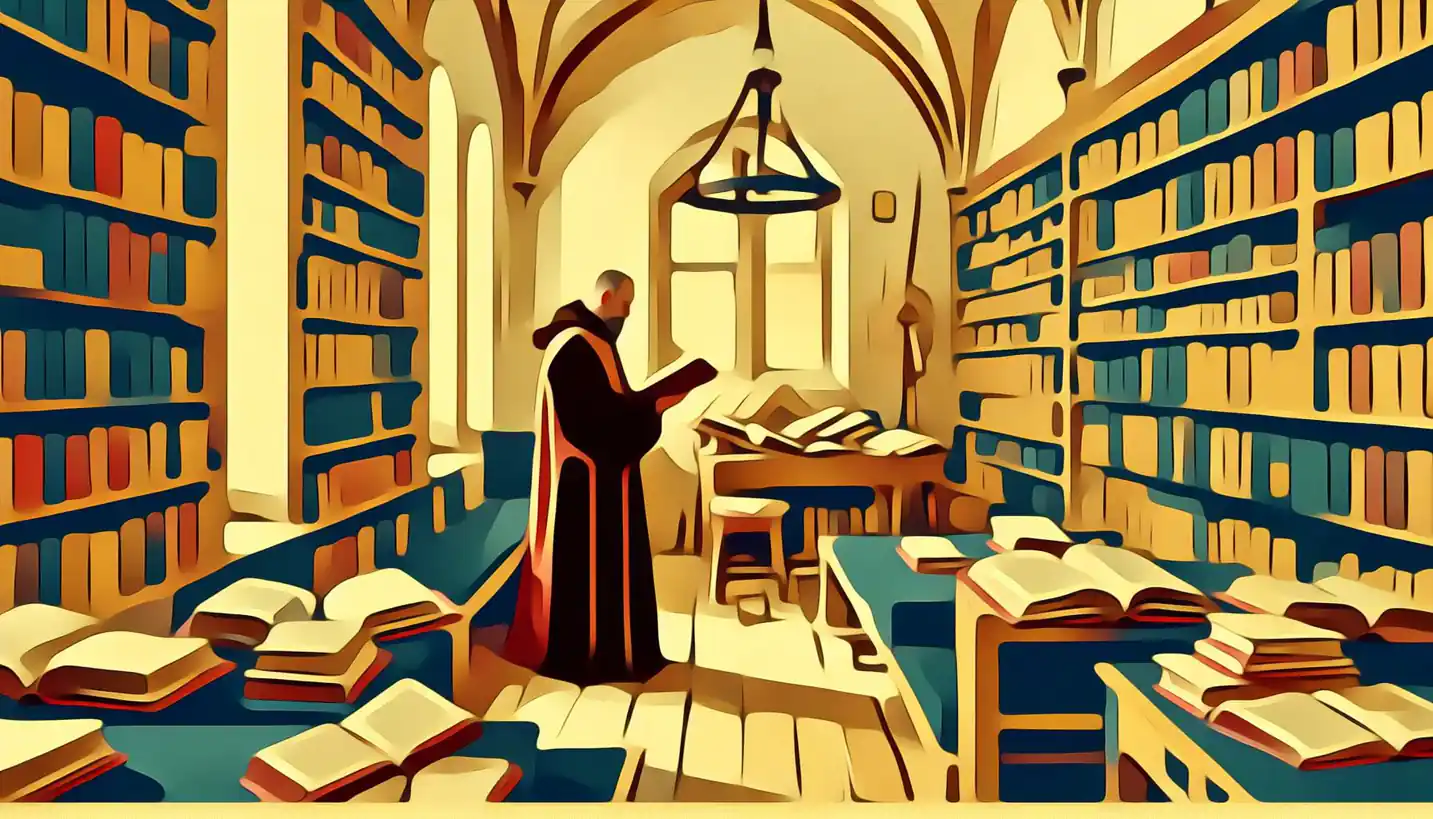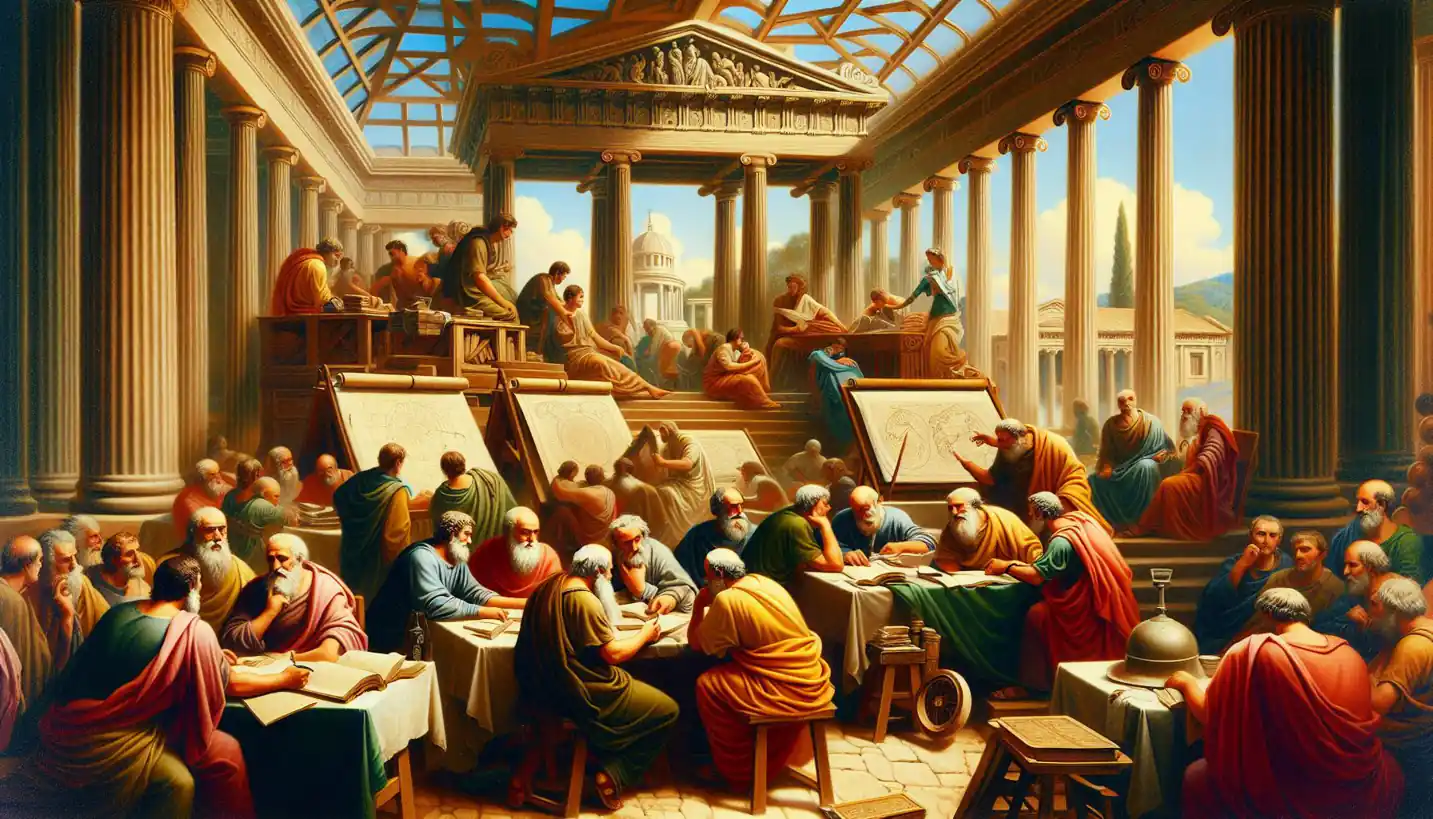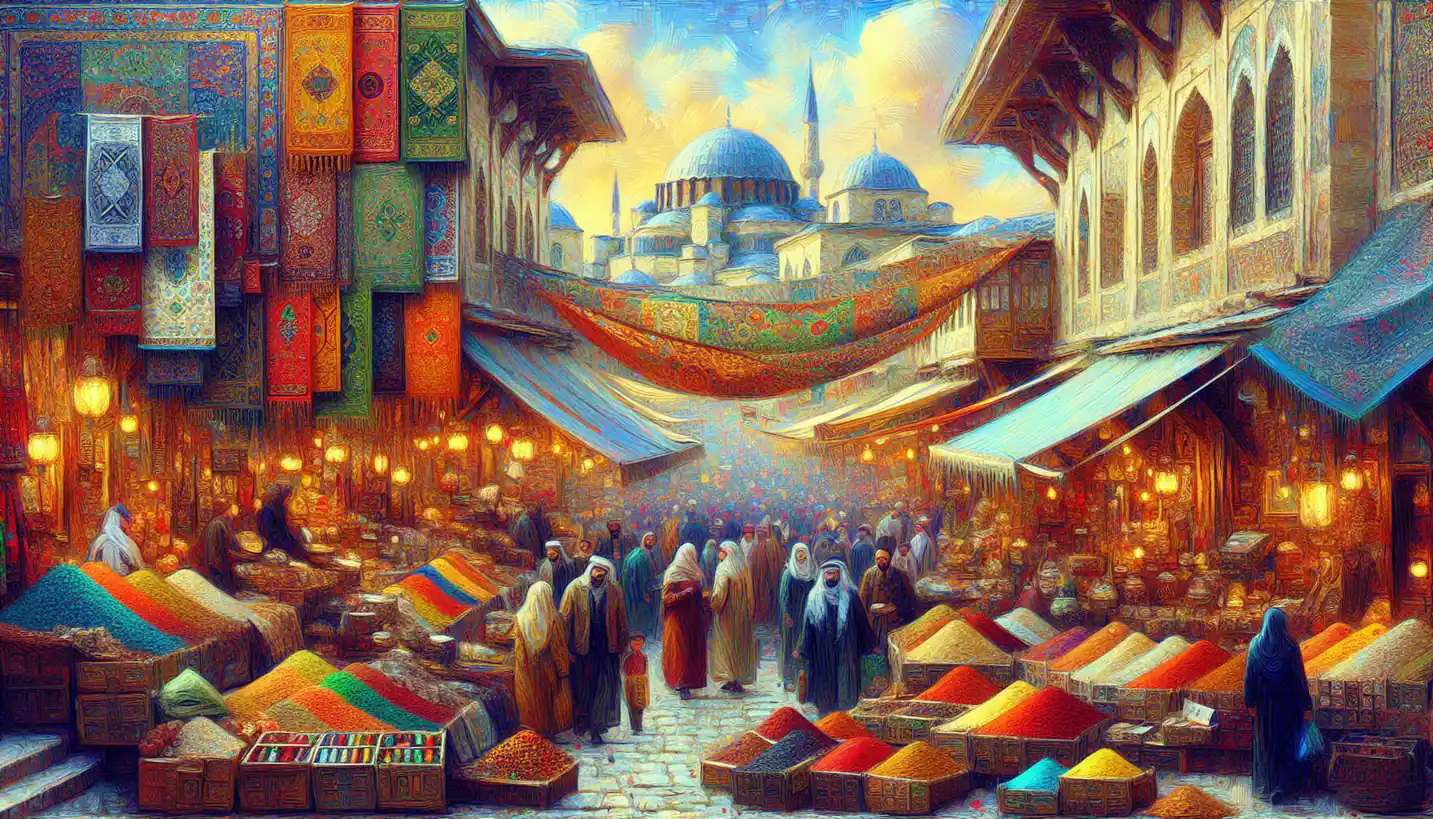· History · 4 min read
Materia Medica: The Ancient Roots of Healing
Materia Medica, an ancient text of healing practices, reveals the roots of early medicine. Discover how its wisdom shaped the foundations of medical science.

You know, Materia Medica might sound fancy, but it basically refers to the body of knowledge that deals with the therapeutic properties of substances used for healing. This concept dates back thousands of years and has played a crucial role in the development of modern medicine.
The Origins of Materia Medica
Back in ancient times, people didn’t have pharmacies or synthetic drugs like we do today. Instead, they relied on what was available in nature. Herbs, minerals, and animal parts were the primary sources of medicine. Civilizations like the Egyptians, Chinese, Greeks, and Romans each had their own versions of Materia Medica, documenting remedies and their effects.
One of the earliest known texts is the “Ebers Papyrus” from ancient Egypt, which dates back to around 1550 BCE. It contains hundreds of remedies for various ailments, from headaches to heart disease. Meanwhile, in ancient China, texts like the “Shennong Ben Cao Jing”—a classic herbal compendium—also documented the medicinal properties of plants.
Galen and the Influence of Greek Medicine
A key figure in the history of Materia Medica is Galen, a Greek physician from the Roman Empire. Galen’s work laid the foundation for much of Western medical knowledge. He meticulously catalogued herbs and their uses, spreading the ideas throughout Europe and the Middle East. Galen’s ideas were so influential that they dominated medical thinking for centuries.
Imagine walking into an ancient apothecary. You’d find jars filled with dried herbs, roots, and powders, each with specific instructions tied to ancient texts. The knowledge was passed down through generations, akin to family recipes.
The Renaissance and Medical Evolution
Fast forward to the Renaissance, a period ripe with innovation and curiosity. The advent of the printing press made it easier for scholars to distribute texts like Dioscorides’ “De Materia Medica” across Europe. Written in the first century, this work described hundreds of plants and substances used in healing. It became a cornerstone for herbal medicine well into the 17th century.
During this time, explorations led to the discovery of new lands, and with them, new plants. The spread of Materia Medica expanded to include these exotic finds, integrating knowledge from different cultures and continents into a growing web of medical practice.
Modern Implications and Discoveries
Although modern medicine has largely moved towards synthesized drugs, the principles of Materia Medica continue to influence pharmacology today. Many pharmaceuticals are derived from the active compounds found in plants. Aspirin, for example, has its roots in willow bark, which was used traditionally to reduce fever and pain.
Moreover, the resurgence in the interest in herbal medicine and natural remedies shows that Materia Medica still holds a place in contemporary health consciousness. People are now more inclined to explore natural supplements and traditional healing practices as complementary alternatives.
The Fascination With Nature’s Pharmacy
The idea that nature holds the key to healing continues to captivate us. Scientists today are exploring rainforests, oceans, and other natural environments, hoping to find new medicinal compounds. For instance, the rosy periwinkle from Madagascar provided vital cancer-fighting drugs. It’s a reminder that our ancestors’ belief in the power of nature was rooted in reality.
Challenges and Future Directions
While Materia Medica offers a wealth of knowledge, it’s essential to approach it with a scientific lens. The anecdotal nature of many ancient remedies requires modern testing to ensure efficacy and safety. The integration of traditional knowledge with modern science could lead to breakthroughs in medicine. Imagine a future where we can synthesize ancient remedies into powerful, safe treatments for today’s diseases.
Conclusion: Materia Medica’s Lasting Legacy
The journey of Materia Medica from ancient scrolls to modern research labs highlights our enduring quest to harness nature’s healing power. It’s a testament to human ingenuity and curiosity, bridging past traditions with future innovations. As we continue to explore and validate age-old practices, Materia Medica remains a fascinating example of how history can inform and inspire modern medicine.



